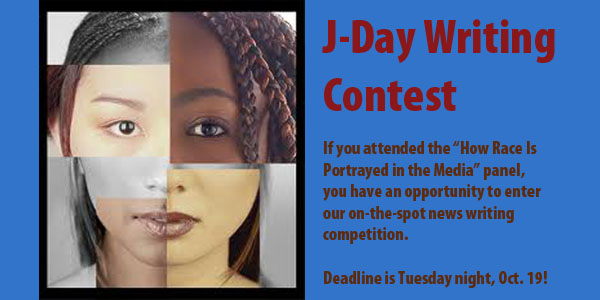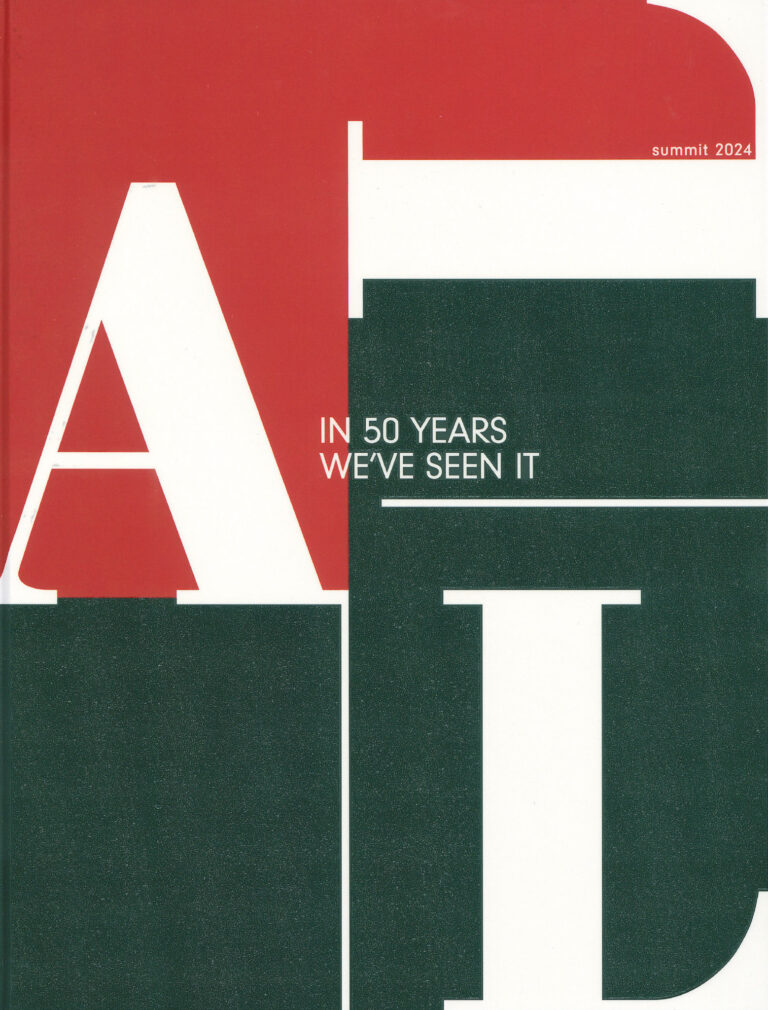Michelle Kennedy, from the Rocky Mountain Highlighter, took the $50 prize for her news coverage story of the Race and the Media panel discussion held during the state journalism conference on Oct. 14.
Judge Jack Kennedy (no relation) noted that Michelle’s story included a mix of well-chosen direct quotes while maintaining an objective tone and a concentration on the details of the event. This on-the-spot writing competition required students to attend the session, take notes (and interview, if possible), and then file the breaking news story not later than five days later.
The contest was a pilot for future possible on-the-spot writing competitions that may be held during the annual state conference, or during smaller, regional conferences.
Here is Michelle’s news story:
Race is a subject that is often skirted due to its potentially offensive nature, but during Journalism Day 2010, a panel of three diverse speakers looked out toward their students for the day; ready to face this issue head on.
These three speakers have been brought together in order to discuss a very important issue — the way race is portrayed in the media.
The panelists all come from very different backgrounds. Yet, they still share one thing in common: they are all minorities in the environment in which they work.
“I’m half Latina,” Angela Clemmons said, beginning the introductions.
Clemmons works at the Denver Post as Deputy Sports Editor and also serves as the Region 7 Director of the National Association of Hispanic Journalists. She says that she never really noticed that she was different until she was older. Now though, being both a woman and a Latina in the sports industry, Clemmons can see how minorities are represented differently in the media.
Working in the sports industry, Clemmons says that she sees certain minorities over represented in the sports section, but under represented everywhere else in the paper.
One main example that she gives of this is the coverage of African Americans in sports. In her opinion, there is a disproportionate amount of coverage in the sports section, but lacking coverage in the other sections of the paper.
Like Clemmons, as a young child, Gil Asakawa didn’t really notice that he was different. Later in life he had to endure racism and stereotypes like many other Japanese Americans. Even today, he can still see how racial stereotypes impact cultural norms.
“I’m Japanese American,” Asakawa said. “I get the question, ̀Where are you from?’ a lot. When I say, ̀Right here,’ people always seem to get this look on their face.”
Many people confuse nationality with ethnicity, according to Asakawa. With ethnicity being the specific ethnic group that one belongs to, and nationality the country in which one is a citizen, these two expressions are commonly, but incorrectly, interchanged by the modern individual.
Panelist Joe Nguyen smiles, agreeing with his colleague. Nguyen, the editor of Asian Avenue Magazine and AsiaXpress.com, covers the many happenings of Asian American communities in Colorado. Like the previous panelists, he too can see how different races are portrayed in the media.
As Nguyen reminisces about an internship interview that he had, he can only come up with one instance in his professional career where he believes that race impacted the situation.
“I said that I thought that the Asian community was underrepresented in the news and that’s where I think I lost the internship,” Nguyen said, chuckling. “I think they saw me as having an agenda to get more Asian news into the media.”
Asian news is rarely reported, Nguyen said, unless there is an amazing child prodigy or another sensational event. Because of this, many Americans have these stereotypes of Asians, which are not necessarily true, according to Nguyen.
Both Clemmons and Asakawa nodded in agreement with Nguyen when he began to describe the stereotypes that he had seen placed on minorities through the media.
Despite their background differences, these three people have had very similar experiences and appear to find many of the same issues when it comes to how race is portrayed in the media. Regardless, the panelists all seem to agree on one thing.
“Even a good stereotype is still a stereotype,” the panel members said.








